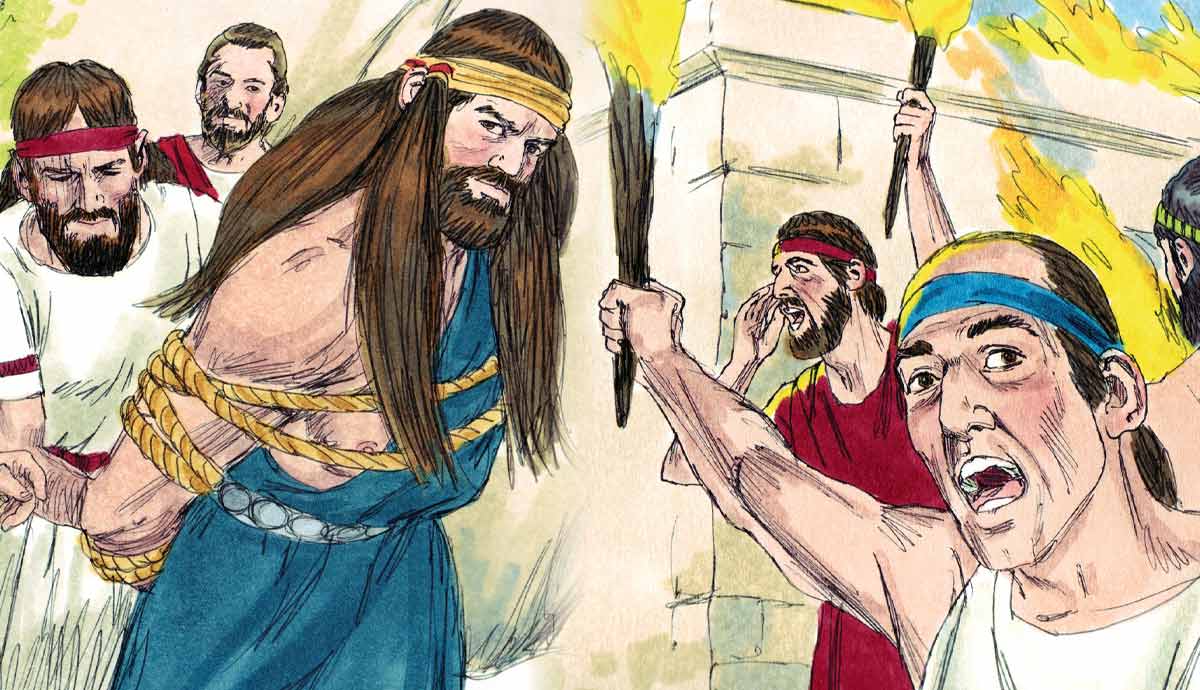
The foundation of religious life for Sunni Muslims, who comprise around eighty-five percent of Muslims worldwide, is known as the “Five Pillars of Islam.” They are designed not merely for personal use, but to foster solidarity within the Muslim ummah, or community. They are not a comprehensive grouping of all that Islam enjoins; many important parts of Islamic life and belief are not included. Rather, they are the basic elements on which the rest of the religion is built, as the “pillar” metaphor suggests.
Shahadah: Confession of Islam

“Shahada” refers to the core confession of faith in Islam, stating simply that there is no God but God—poetically evoking the belief in the strict oneness of God—and that Muhammad is God’s messenger. These are the two central beliefs of Islam.
Islam’s uncompromising belief in God’s oneness is underscored by the teaching that the greatest of all sins, called shirk, is associating a partner with God. The Shahada, thus, carries implications for various areas of Muslim devotion. For Muslims, even the appearance of a thing or person’s being placed alongside God is to be avoided.
Likewise, the finality of Muhammad’s prophethood is a fundamental belief of all Muslims. While Muslims believe that thousands of prophets have been sent by God in the past to relay the message of God’s oneness to various groups of people, Muhammad is the last of these and is called the “seal of the prophets” for this reason.
Salah: Required Prayer

https://www.metmuseum.org/art/collection/search/436482
Sunni Muslims are called to prayer five times a day. This call, known as the adhan, is made by a man called a muezzin. The first call to prayer, called Fajr, occurs before sunrise. The second, Dhuhr, comes at the point when the sun begins to descend from its location directly overhead during the day. The third, Asr, comes in the late afternoon. The fourth, Maghrib, comes after sunset, and the fifth, Isha, occurs at dusk, or when the afterglow of the sun finally disappears.
Salah is performed facing the Kaaba, which is housed in the center of the Great Mosque in Mecca. Thus, it is the only mosque in the world in which devotees encircle the center for prayer. In every other mosque Muslims pray facing a single direction.
Zakah: Required Giving

https://www.metmuseum.org/art/collection/search/452570
All followers of Islam are required to donate 2.5 percent of their earned income annually for the benefit of poor and needy Muslims. The requirement only applies to wealth that is accrued over a minimum amount, called nisab, which is calculated using a gold or silver standard. In some Muslim-majority countries, Zakah is integrated into the taxation system. Elsewhere, Muslims must find other approved channels for their giving, such as Islamic charitable foundations.
Zakah represents the minimum that all Muslims must give. However, those Muslims who wish to be generous beyond this and give voluntarily are performing Sadaqah, which can be given to the needy among the Muslim or non-Muslim community.
Sawm: Fasting During Ramadan

https://commons.wikimedia.org/wiki/File:Breaking_Of_Fast_Iftar_05.jpg
Ramadan is a month-long memorial of Muhammad’s receiving of his first divine revelation. During this month Muslims are not permitted to allow any substance to pass through their mouths between dawn and sunset. This practice of fasting is called sawm. It begins each day of Ramadan at the first call to prayer, Fajr, and ends in the evening by the fourth call, Maghrib.
Except for children, the ill, and menstruating women, all Muslims must eat and drink outside of daylight hours during Ramadan. But because Ramadan’s timing is determined by the lunar cycle, Muslims living in countries in the far north face a challenge due to the significantly longer daylight hours of the summer months. Some Muslims solve this problem by fasting between Fajr and Maghrib prayer times of the nearest Islamic country.
Muslims traditionally break their Sawm together with family and neighbors each evening of Ramadan in a meal called iftar, often at long, communal tables outdoors.
Hajj: Pilgrimage to Mecca

Within a lifetime, all Muslims with the health and necessary financial means must make their Hajj, a special pilgrimage to Mecca. Making Hajj involves detailed preparation and the following of specific rituals. In following these rituals, Muslims understand themselves as imitating the example of Muhammad, who is said to have made at least one Hajj himself. In fact, one destination pilgrims visit is Mount Arafat where Muhammad’s farewell address to his followers, which he made during his own Hajj, is memorialized. The other steps of Hajj memorialize events in the life of Abraham, his wife Hagar and their son Ishmael.
Muslims who have completed their Hajj are honored with the title hajji (men) or hajja (women).
Only the Foundation of Islam

https://www.metmuseum.org/art/collection/search/452893
The religion of Islam is highly developed, and it is difficult in a single lifetime to comprehend the scope and variety of traditions that have attached themselves to it. Immediately noticeable in the above list, for example, is the absence of the Islamic holidays, which are an integral part of Muslim religious and civic life. Another important absence is the traditional Muslim rites of passage, such as the infancy ritual of Aqiqah, circumcision of male children, and marriage. It is important to keep in mind that the Five Pillars of Islam are only the foundation of a much larger structure.

It is also important to remember that Shia Islam, comprising about fifteen percent of all Muslims, expresses its fundamental practices in terms of Ten Obligatory Acts instead of Five Pillars. There is considerable overlap between them, but the notion of “five pillars” is unique to Sunni Islam.










